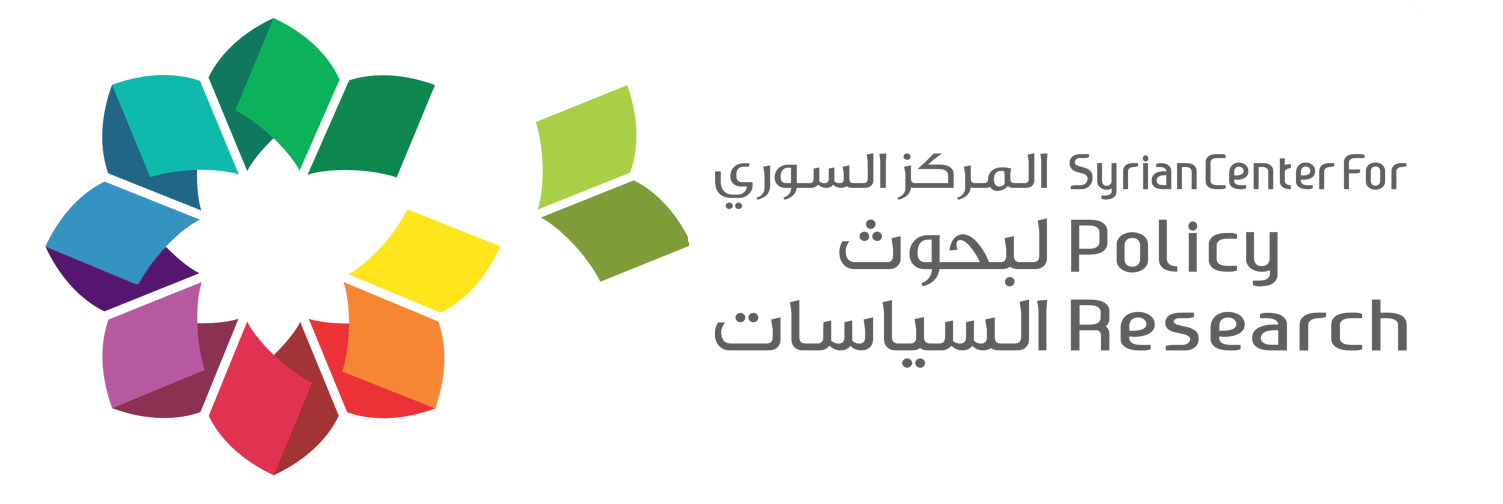Dismantling Conflict Economy
The Syrian conflict is widely recognized as one of the most devastating and intractable conflicts in decades, the conflict has also had a dramatic impact on Syria’s society and has radically transformed the economy of the country. Most analyses present a partial picture of Syria’s conflict economies, their main actors, policies, dynamics, and outcomes.
The SCPR’s notion of the conflict economies has four dimensions. The first dimension illustrates the transformations and distortions of the Syrian economy because of the conflict and traces these back to conscious actions, policy choices, or discrete interventions of different actors. However, rather than focusing on a narrow set of actors or supply chains, we broaden the analysis to capture the entire range of interconnections that exist on both regional and international levels. Second, it examines how states and non-state actors have politicized and instrumentalized economic policies in their involvement in the Syrian conflict. Third, it explores how policies with its economic, political, and social implications can have detrimental effects on a country, even in the absence of armed conflict, in other words, policies that entrench further injustice and oppression are a continuation of the armed conflict by other means. The final dimension examines how various policy alternatives could be implemented in the current political context to support peacebuilding and social cohesion in Syria.
The Development Policy Forum addresses the topic of conflict economics in Syria through a set of background papers and in-depth discussions, as well as a series of interactive workshops with the participation of a group of experts. We use a political economy approach to focus on Syria’s “conflict economy” to map out the policies and processes that have driven that sustain them, and the actors behind those policies, in addition, to trace possible pathways and alternatives in order to exit Syria’s conflict economies.
The first dialogue session framed the concept and methods to diagnose conflict economy dynamics and assess its impact on conflict economics. The second session focused on the role of state and non-state institutions in fueling the conflict economy or countering it. The third dialogue session tackled the role of Syrian civil society; while the fourth session concentrated on the role of the private sector in shifting the dynamics of conflict economy and building alternatives and the last session in the series of dismantling conflict economics, it addressed the role of UN agencies and international organizations.
The dismantling conflict economy themes and outputs:
The first dialogue session: ” Conflict Economies in Syria: Roots, Dynamics, and Pathways for Change”
| Read more on the workshop outcomes and the discussion paper |
The second dialogue session: ” The role of state and non-state institutions in fueling the conflict economy or countering it”
| Read more on the workshop outcomes and the discussion paper |
The third dialogue session: ” The role of Syrian Civil Society in Dismantling Conflict Economies”
| Read more on the workshop outcomes and the discussion paper |
The fourth dialogue session: ” Private Sector in Syria, Conflict Economy role and dynamics”
| Read more on the workshop outcomes and the discussion paper |
The fifth dialogue session: ” The Role of UN agencies and international organizations in Syrian Conflict Economics ”
| Read more on the workshop outcomes and the discussion paper |

